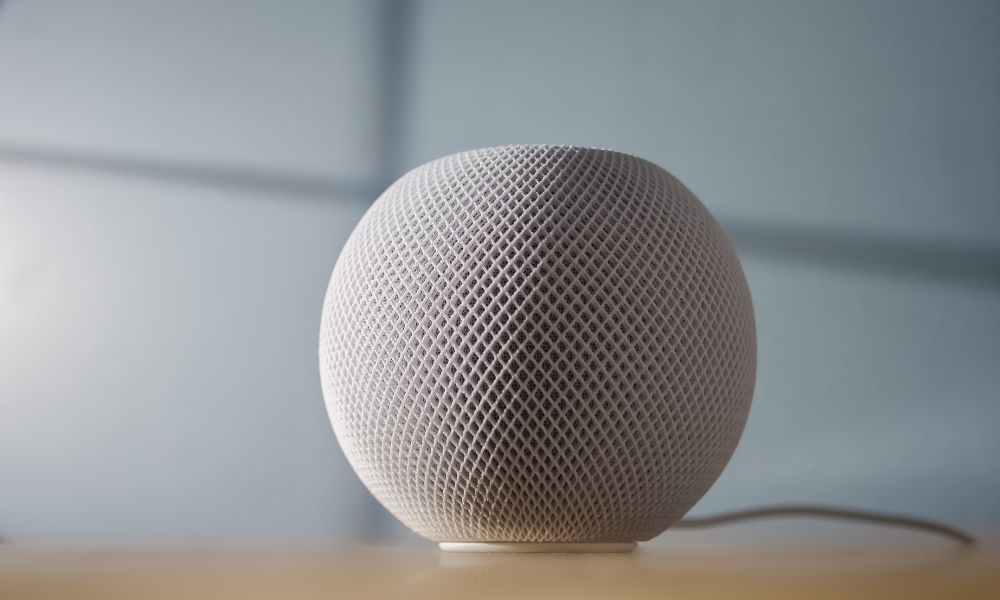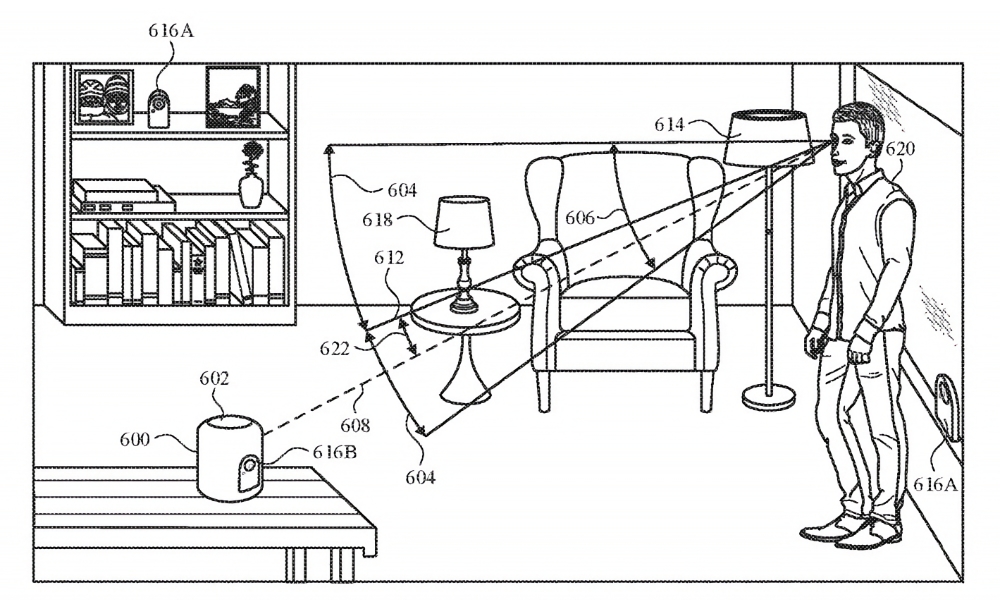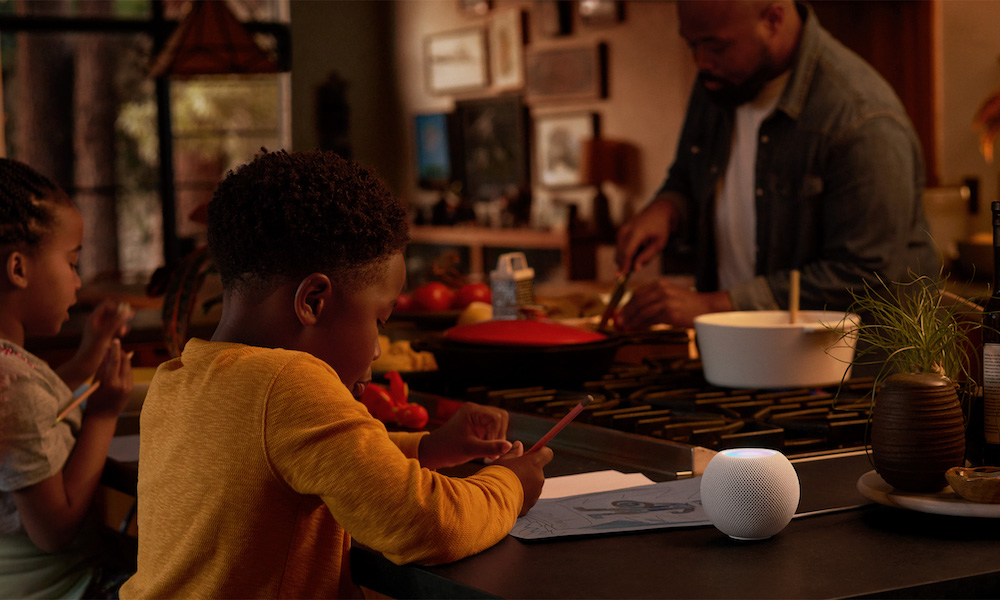Your Next HomePod May Respond to Queries Only When You’re Looking At It
 Credit: James Yarema
Credit: James Yarema
Toggle Dark Mode
In the future, you may not have to say the word “Siri” to issue a command or request to your HomePod. Instead, the HomePod may be able to tell when it’s wanted simply by “looking” to see if you’re looking at it.
If you’re like me, you may say “Hey Siri” to your iPhone or Apple Watch, but your HomePod mini responds. If you’re looking for information to be displayed on your iPhone’s screen, it’s a bit frustrating when the HomePod mini responds instead. This results in whispering to my iPhone or leaving the room the HomePod mini resides in.
On top of that, if someone on the television says “Hey Siri,” or if the HomePod thinks it hears the phrase “Hey Siri,” it activates, startling everyone sitting nearby.
A newly granted Apple patent called “Device control using gaze information” indicates Apple is working on the issue by making it possible for devices to detect a user’s gaze to determine if they want that device to respond.
The filing shows a system that uses cameras and other sensors that would be capable of determining the location of a person, as well as the path of their gaze, to determine if they’re looking at it. The device would then actively listen in anticipation of receiving instructions.
This would allow the device to carry out the command, just as if the “Siri” trigger word had been uttered. The “Hey Siri” trigger word could still be used to get the device’s attention without looking directly at the device.
Owners of multiple devices would benefit from gaze detection, as it would allow a user to single out a device by looking at it, preventing responses from other gaze-capable devices that might be in the room.
Simply looking at the device won’t necessarily cause it to listen for a command or query. A set of “activation criteria” first needs to be met. These criteria could be something as simple as gazing at the HomePod for a set period of time, eliminating false positives.
As noted by AppleInsider, the angle of the user’s head position is also an important factor. For example, a bedside HomePod could detect that even though a sleeping user is indeed facing the smart speaker’s direction, their head is in a horizontal position, not positioned vertically like it would be when the user is standing or sitting.
The system could also allow a HomePod to detect if a user is looking at a specific object in the room that they wish to interact with, such as a lamp, and using the context of the user’s gaze, could detect which lamp needs to be turned on or off.
The patent was originally filed on August 28, 2019. The inventors listed on the patent are Sean B. Kelly, Felipe Bacim De Araujo E Silva, and Karlin Y. Bark.
Of course, simply because Apple has been granted a patent doesn’t mean that the Cupertino firm will actually make use of it in the future. The company files numerous patents on a regular basis that never end up being used in its products.









